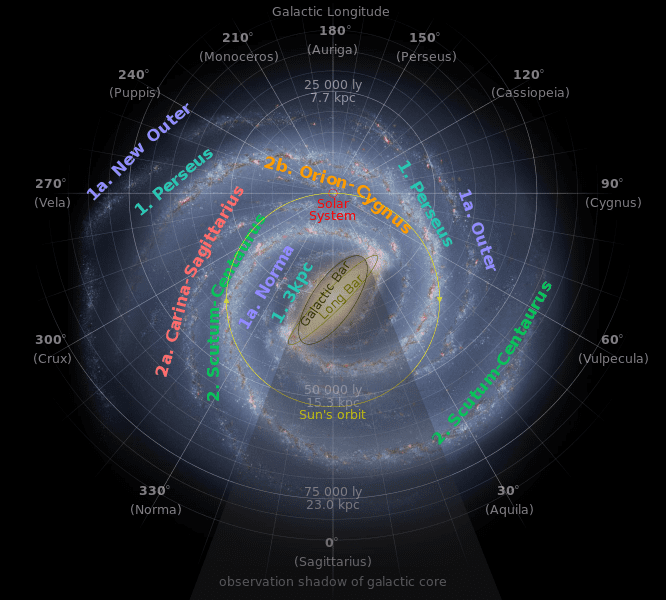
(Wikimedia Commons public domain image)
It’s Friday, so nobody should be completely surprised that, for the 414th week in a row, a new article has just appeared in Interpreter: A Journal of Latter-day Saint Faith and Scholarship. This one is by Professor J. Ward Moody:
“Times of Reckoning and Set Times in Abraham 3”
Abstract: The third chapter of Abraham considers two types of times regarding the moon, the earth, and the planets: “times of reckoning” and “set times.” A straightforward interpretation of these two times, if correct, sheds light on the cosmology known to Abraham. “Times of reckoning” may be understood as the times of celestial movements directly observed or reckoned by someone standing on the surface of the earth. These times would most likely be synodic, meaning the motion being considered is referenced to the sun, but they could also be sidereal, meaning referenced to the stars. Observed from the earth’s surface, times of reckoning would naturally have a geocentric perspective. “Set times,” on the other hand, may refer to times of motion established or set by God. These would be the orbital motions intrinsic to the bodies themselves. They would be sidereal and, with the exception of the moon — which would still be geocentric, would be from a heliocentric or even wider galactocentric point of view. With this interpretation, Abraham 3:5‒10 may be an account of God elevating Abraham’s knowledge of heavenly motions from that which is seen and measured by looking at the sky to that which actually exists in space. Such knowledge, likely possessed by the prophet Mormon as well, provided a natural means for Abraham to teach Pharaoh of the supremacy of God.
***
And here are five interesting items in other astronomical news:
“Three exoplanets are close enough for us to see their atmospheres”
“Life on Earth Is a Sketchy Guide to an Alien Civilization”










